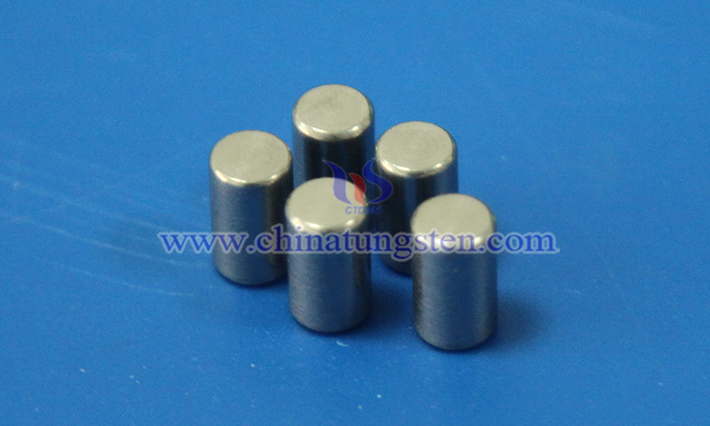Barium Tungsten Electrode for Microwave Tubes
- Details
- Category: Tungsten Information
- Published on Sunday, 27 April 2025 18:50
As a core component for high-power microwave signal amplification, microwave tubes are widely used in radar systems, satellite communications, electronic warfare, and other fields. Their performance directly depends on the electron emission capability and stability of internal electrode materials. Leveraging its unique material properties, the barium tungsten electrode has become a critical component for enhancing microwave tube efficiency, particularly demonstrating significant advantages under high-frequency and high-load operating conditions.

1. What is a Microwave Tube?
A microwave tube is a vacuum electronic device that amplifies microwave signals by utilizing the motion of electrons in electric or magnetic fields. Its core structure includes an electron gun, a slow-wave structure, and a collector: the electron gun emits high-velocity electron beams, the slow-wave structure enables energy exchange by controlling the interaction between electromagnetic waves and electron beams, and the collector outputs the amplified microwave signal. Operating continuously under high-voltage and high-current conditions, microwave tubes impose stringent requirements on electrode materials regarding high-temperature resistance, electron emission efficiency, and contamination resistance.
2. What is a Barium Tungsten Electrode?
A barium tungsten electrode is a composite material formed by impregnating a tungsten matrix with barium oxide (BaO) active substances. Tungsten’s high melting point (3410°C), exceptional hardness, and chemical inertness provide the electrode with superior thermal stability and corrosion resistance, while the incorporation of barium oxide significantly reduces the material’s work function, enabling easier electron emission from the surface. This design balances high-temperature tolerance with efficient electron emission capability, making it an ideal choice for microwave tube electrodes.

3. Applications and Advantages of Barium Tungsten Electrodes in Microwave Tubes
Barium tungsten electrodes are primarily applied to the cathode and anode components of electron guns in microwave tubes. Their advantages include:
3.1 High-Frequency Response Capability: The low work function enables rapid start-stop of electron beams, meeting high-frequency modulation requirements for microwave signals and suiting dynamic scenarios such as radar pulse modulation.
3.2 High-Power Handling Capacity: The tungsten matrix’s high thermal conductivity and thermal shock resistance ensure structural stability under high current densities, mitigating risks of thermal failure.
3.3 Extended Service Life: The barium oxide active layer forms a stable electron emission surface in vacuum environments, reducing material evaporation and contamination, thereby prolonging microwave tube maintenance intervals.
3.4 Environmental Adaptability: Resistance to chemical corrosion ensures stable operation in complex electromagnetic environments, enabling applications in harsh conditions such as satellite and shipborne microwave systems.
- Chinatungsten Online: www.tungsten.com.cn
- CTIA GROUP LTD: en.ctia.group
- Tungsten News & Price: www.ctia.com.cn
- Molybdenum News & Price: news.molybdenum.com.cn
- Tel.: 86 592 5129696; Email: sales@chinatungsten.com



 sales@chinatungsten.com
sales@chinatungsten.com